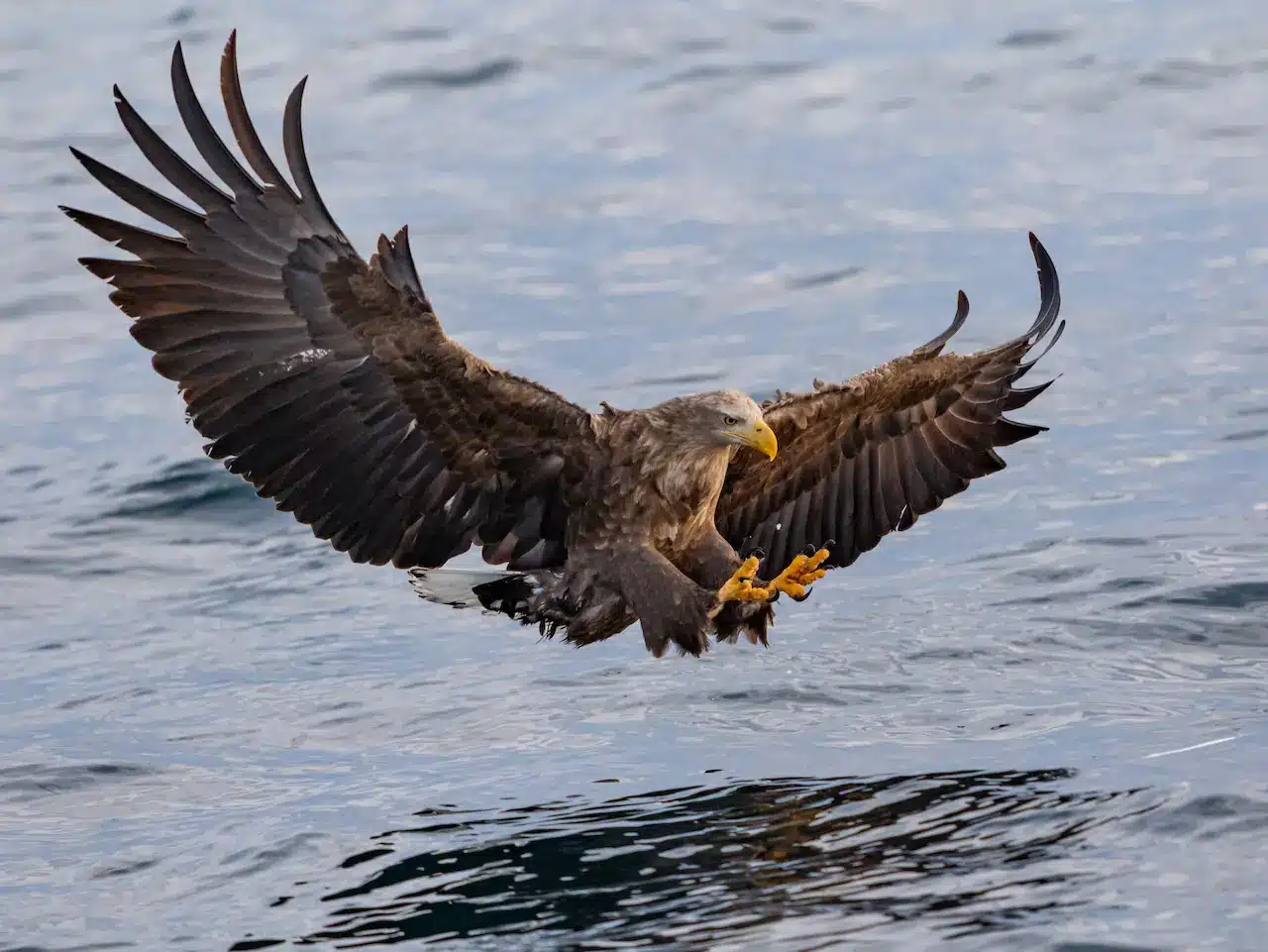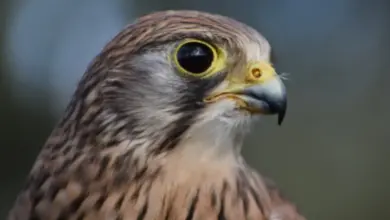Great Crested Grebes
The Great Crested Grebes, Podiceps cristatus is a member of the Grebe family of water birds.
Description
The Great Crested Grebe is 46-51 cm long with a 59-73 cm wingspan. It is an excellent swimmer and diver and pursues its fish prey underwater. The adults are unmistakable in summer with head and neck decorations.
In winter, this is whiter than most grebes, with white above the eye, and a pink bill. It is the largest European grebe.
Distribution
The Great Crested Grebes breeds in vegetated areas of freshwater lakes. The subspecies P. c. cristatus is found across Europe and Asia. It is resident in the milder west of its range but migrates from the colder regions. It winters on freshwater lakes and reservoirs or on the coast. The African subspecies P. c. infuscatus and the Australasian subspecies P. c. australis are mainly sedentary.
Behavior
The Great Crested Grebes has an elaborate mating display. Like all grebes, it nests on the water’s edge, since its legs are set very far back and it cannot walk well. Usually, two eggs are laid, and the striped young are sometimes carried on the adult’s back.
Young grebes are capable of swimming and diving almost at hatching. The Crested Grebe feeds mainly on fish, but also little crustaceans, insects, and little frogs.
This species was hunted almost to extinction in the United Kingdom in the 19th century for its head plumes, which were used to decorate hats. The RSPB was set up to help protect this species, which is again common.



